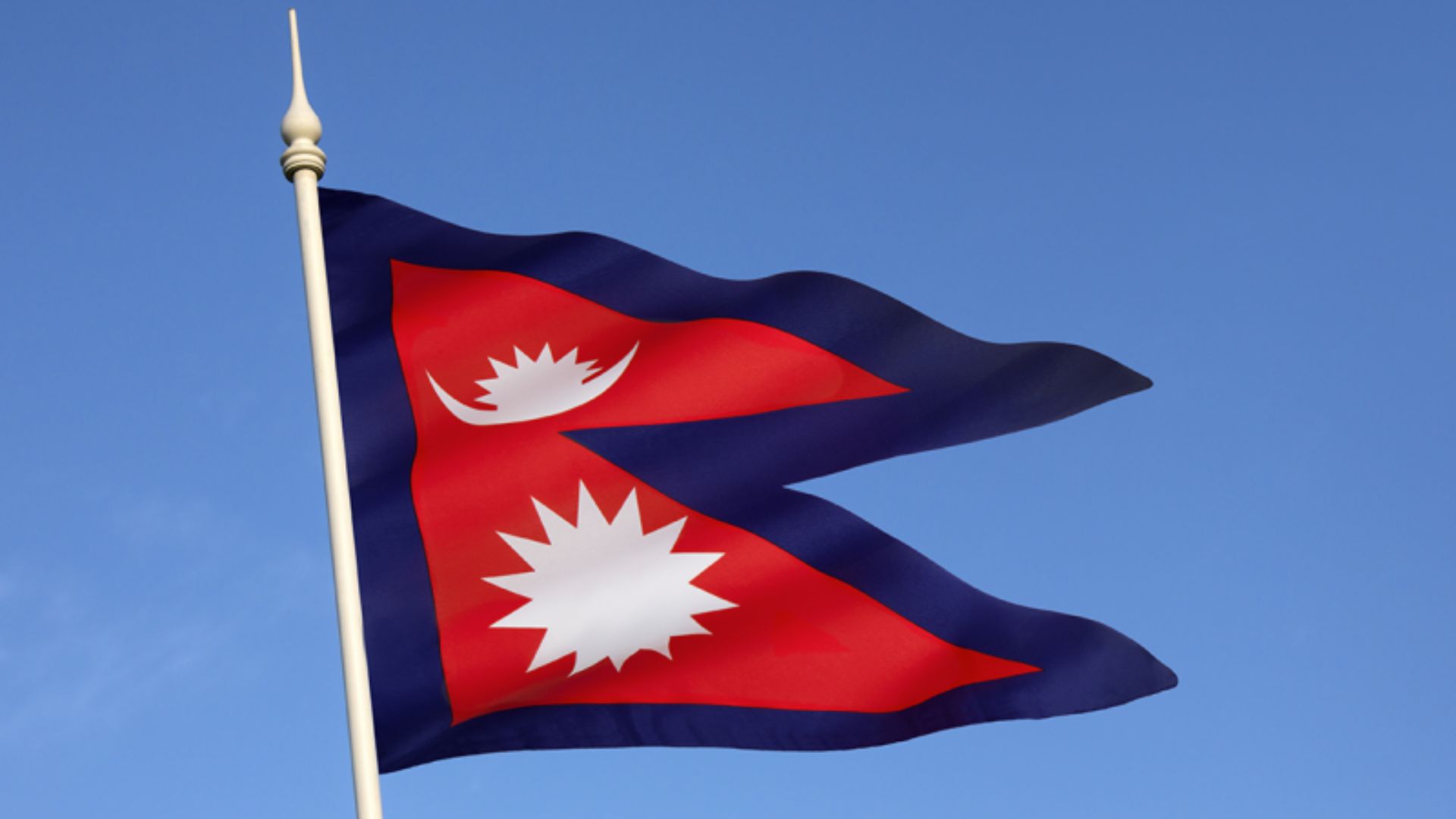


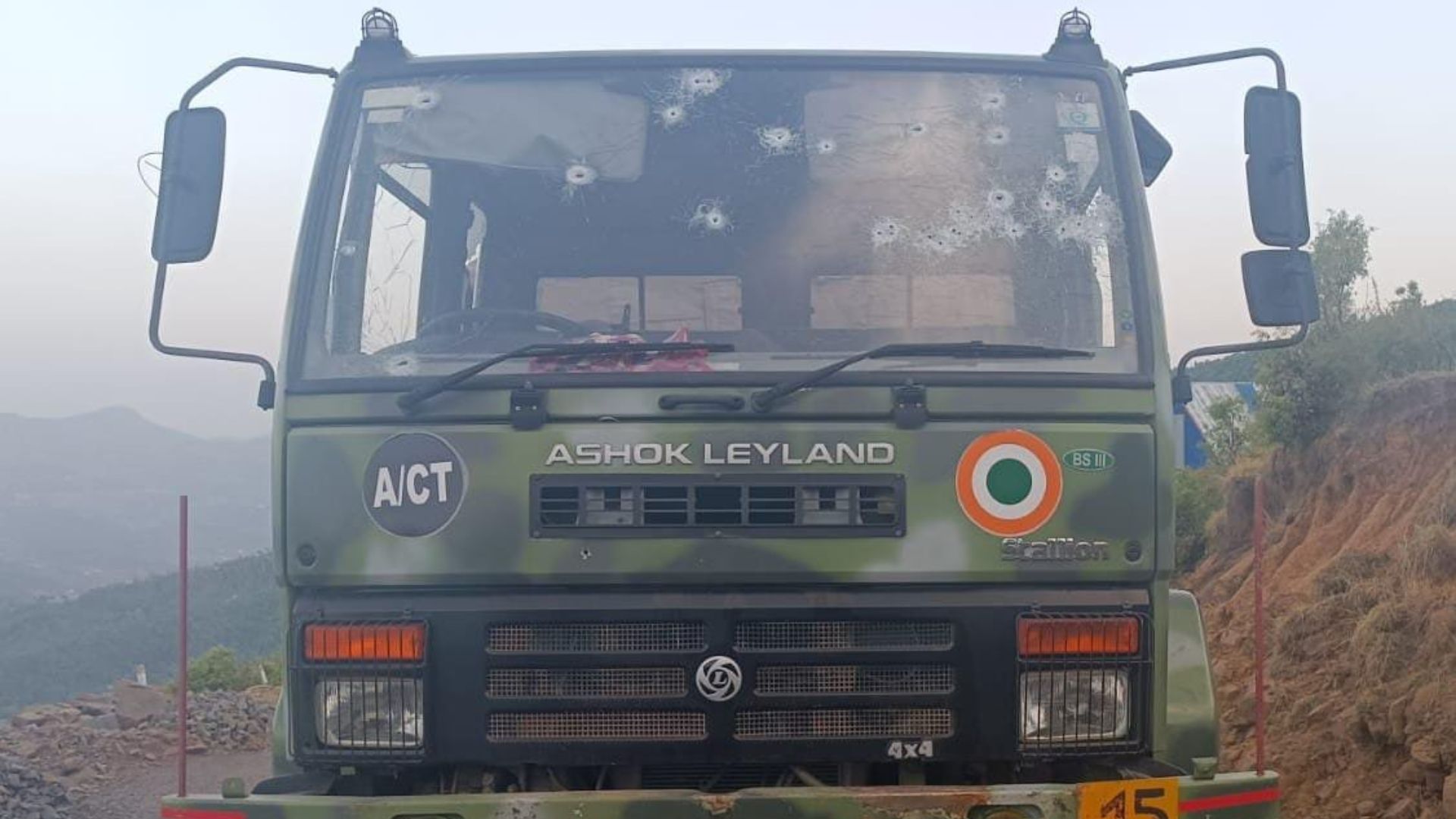


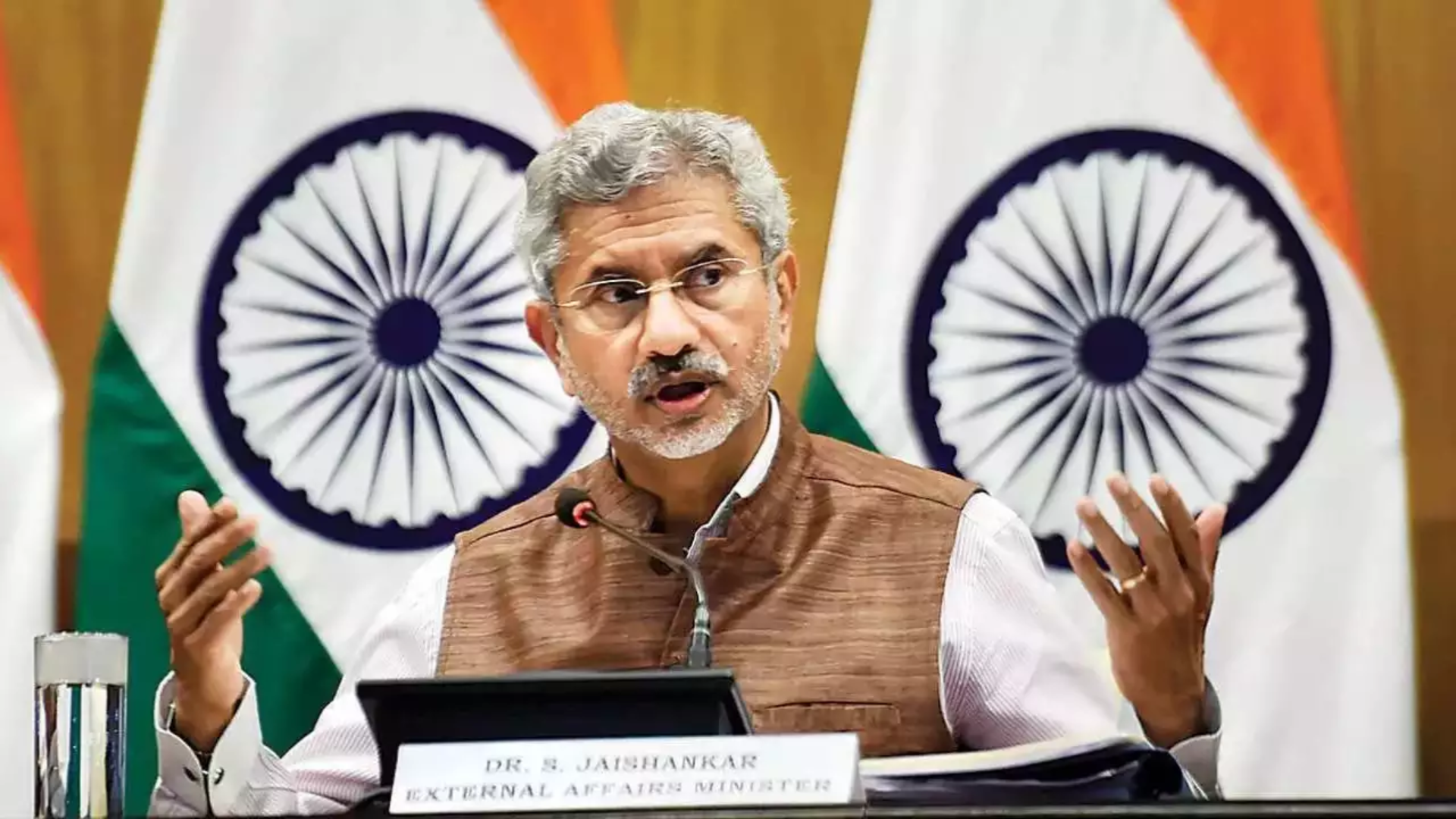
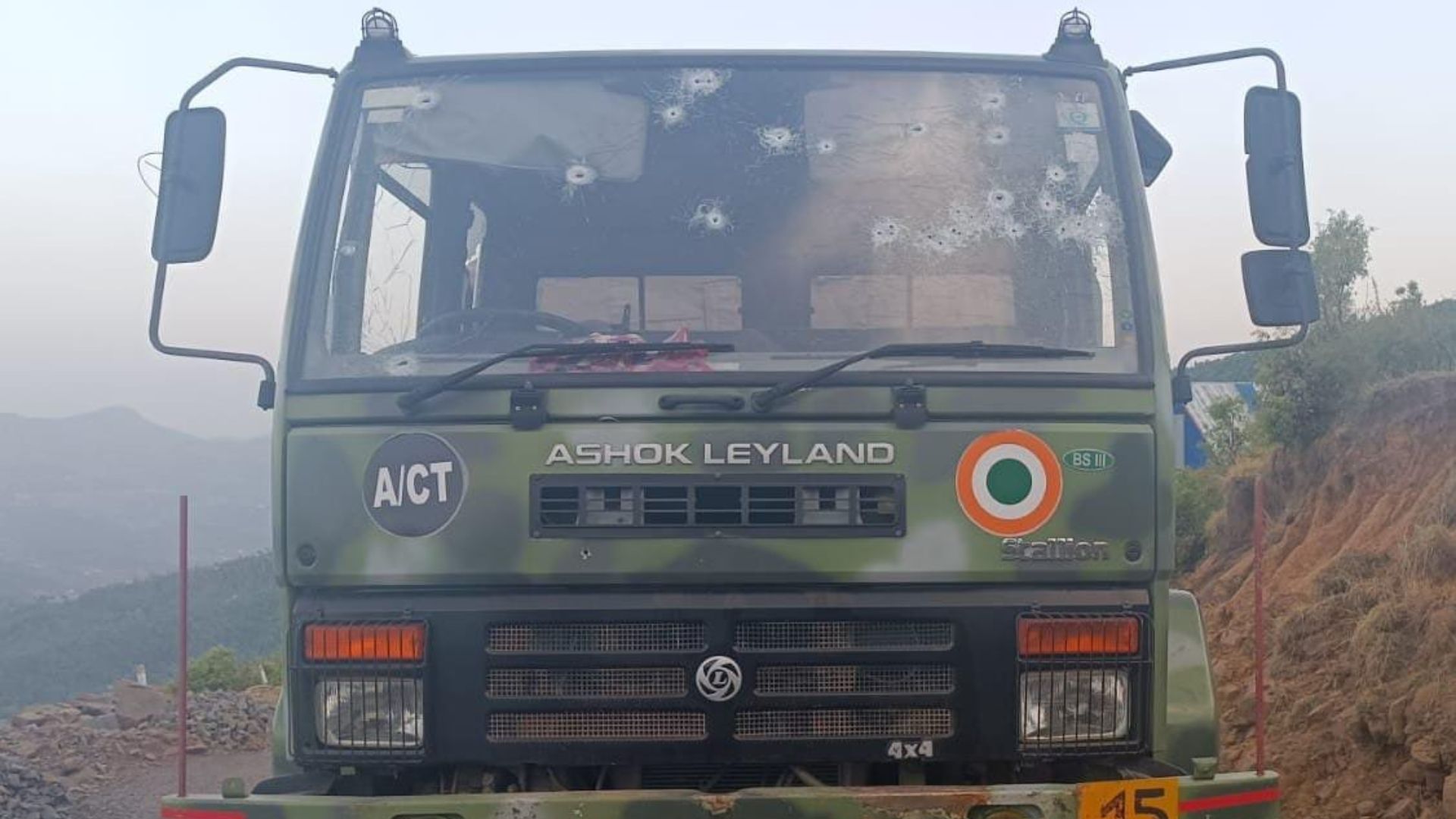


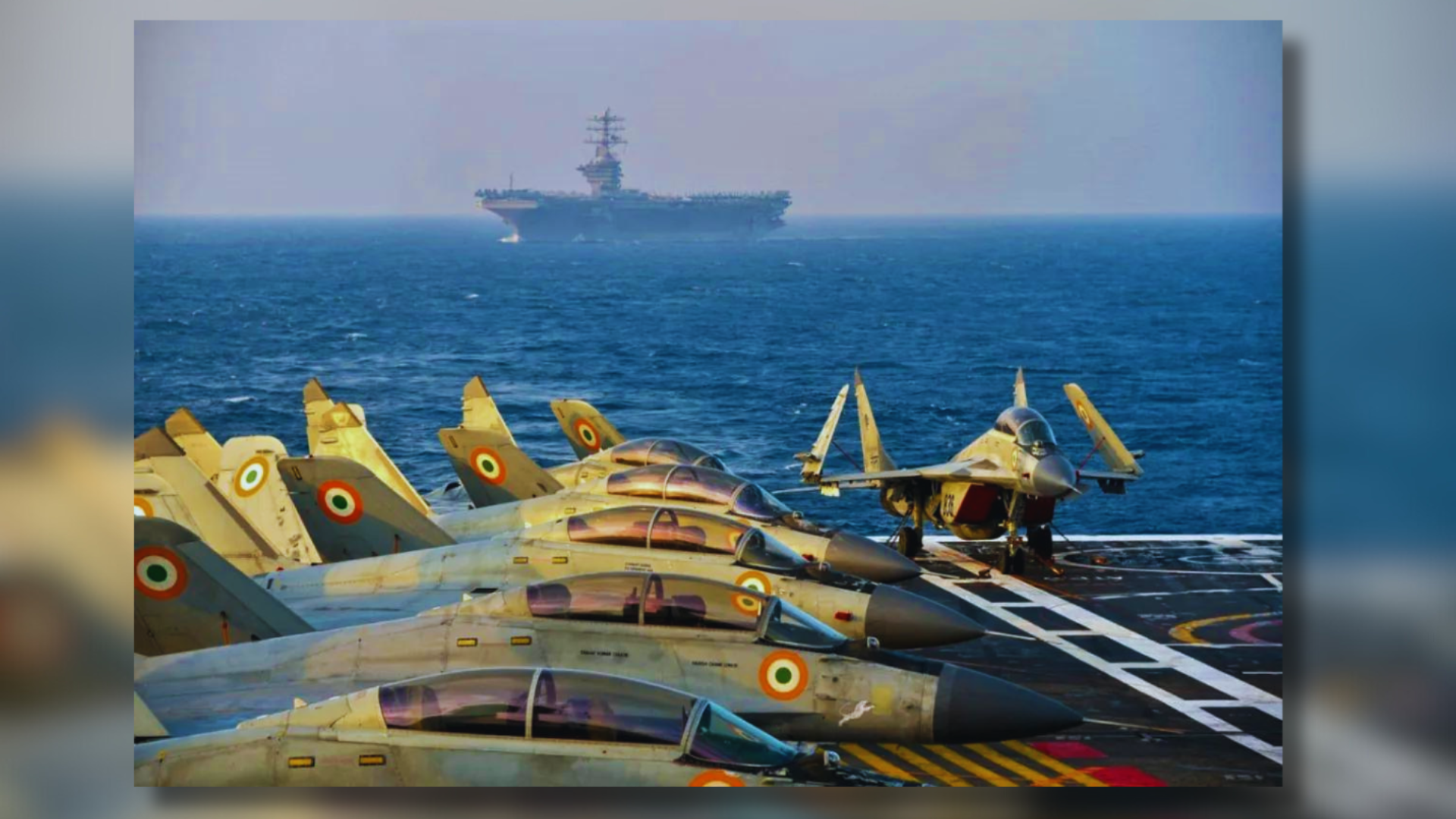
The Bilateral Tri-Service Humanitarian Assistance and Disaster Relief (HADR) Amphibious Exercise, Tiger Triumph 2024, concluded with a Closing Ceremony onboard the USS Somerset on Saturday, following a previous event held onboard Indian Naval Ship (INS) Jalashwa on March 19. The tri-lateral exersices are held in order to secure better readiness and cooperation in times of distress and to alleviate suffering and maintain human dignity during and after man-made crises and disasters caused by natural hazards.
“The Exercise represents the robust strategic partnership between both countries and aims to share best practices and Standard Operating Procedures in undertaking multinational HADR operations,” the Ministry of Defense said in a release on Sunday.
READ MORE
Noida’s Midnight Drama: Wine Shop Salesman Slain For Liquor Denial, Cops On The Hunt!
In 2024, India Is Set To Sprint Ahead As The G-20’s Speedster In Economic Growth,
“The Harbour Phase was conducted at Visakhapatnam from March 18-25, which included pre-sail discussions, Subject Matter Expert Exchange, Sports engagements, ship boarding drills and cross-deck visits. Personnel from both the Navies celebrated the festival of Holi together on March 25 as part of the cultural exchange programme showcasing the vibrant and vivid culture of India,” the Indian Navy said.
The Indian Navy confirmed that the sea phase of Tiger Triumph 2024 took place from March 26 to 30, involving maritime exercises and troop landings at Kakinada to establish a joint command center and a relief and medical camp for HADR operations.
Helicopter operations were conducted between Indian Navy and US Navy ships using UH3H, CH53, and MH60R helicopters near Kakinada and Visakhapatnam. Indian Navy units included landing platform docks, large landing ship tanks with integral craft and helicopters, a guided missile frigate, and long-range maritime reconnaissance aircraft.
The Indian Army contributed an Infantry Battalion Group with mechanized forces, while the Indian Air Force deployed a medium-lift aircraft, a transport helicopter, and the Rapid Action Medical Team (RAMT).
The US Task Force consisted of a US Navy Landing Platform Dock with craft and helicopters, a destroyer, maritime reconnaissance and medium-lift aircraft, and US Marines. Special Operations Forces from all three services participated in joint operations with US counterparts in Visakhapatnam and Kakinada during both harbor and sea phases.







